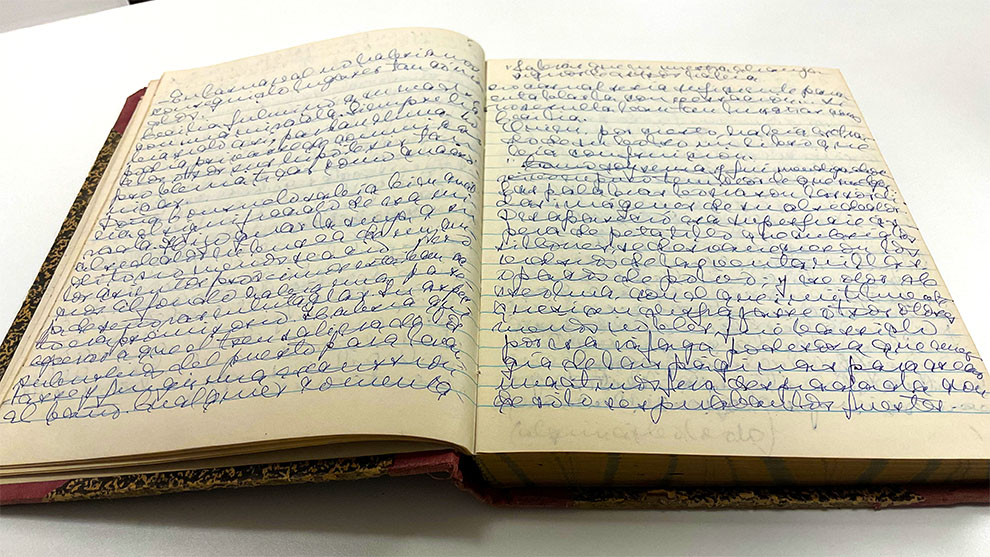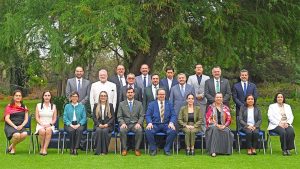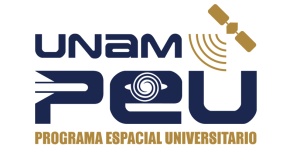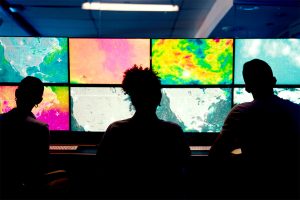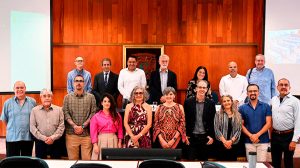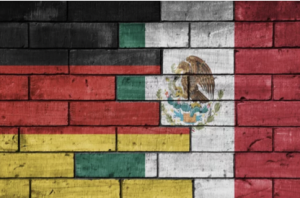A VOICE THAT ENDURES: ROSARIO CASTELLANOS ON THE CENTENNIAL OF HER BIRTH
According to Laurette Godinas, a Hispanic literature scholar at UNAM’s Institute for Bibliographic Research, Rosario Castellanos’s handwritten script resembles 16th-century chancery cursive.
Godinas witnessed the opening of two large boxes in January of this year, shared by Gabriel Guerra from his mother’s archive. Among those present were Julia Santibáñez, head of the Directorate of Literature and Reading Promotion; Sara Uribe, from the Rosario Castellanos Distinguished Chair in Literature and Gender Studies; Guillermo Chávez and Felipe Santa Rita, from the Directorate for Publishing and Reading Promotion; and Eduardo Vázquez and Carmen Tostado, representing the Colegio de San Ildefonso.
The photographs, documents, and personal items revealed new insights into previously little-known aspects of Castellanos’s life and work.
Marking the centennial of the Balún Canán author’s birth, on May 25, her belongings now take center stage in the exhibition Un cielo sin fronteras. Rosario Castellanos: archivo inédito (A Sky Without Borders: Rosario Castellanos, an Unpublished Archive), hosted at the Colegio de San Ildefonso in Mexico City.
The collaborative effort behind the archive encompassed curation, cataloguing, and digitizing all materials. The project united the Directorate for Publishing and Reading Promotion, the Institute for Bibliographic Research, the National Library of Mexico (BNM), and the General Archive of Chiapas.
For the Un cielo sin fronteras exhibition, the BNM contributed all of Castellanos’s first editions, eighteen in total. These span from her earliest work, Auto de la triple porfía (The Trial of the Triple Challenge, 1949), to her final publication, Mujer que sabe latín (A Woman Who Knows Latin, 1973).
